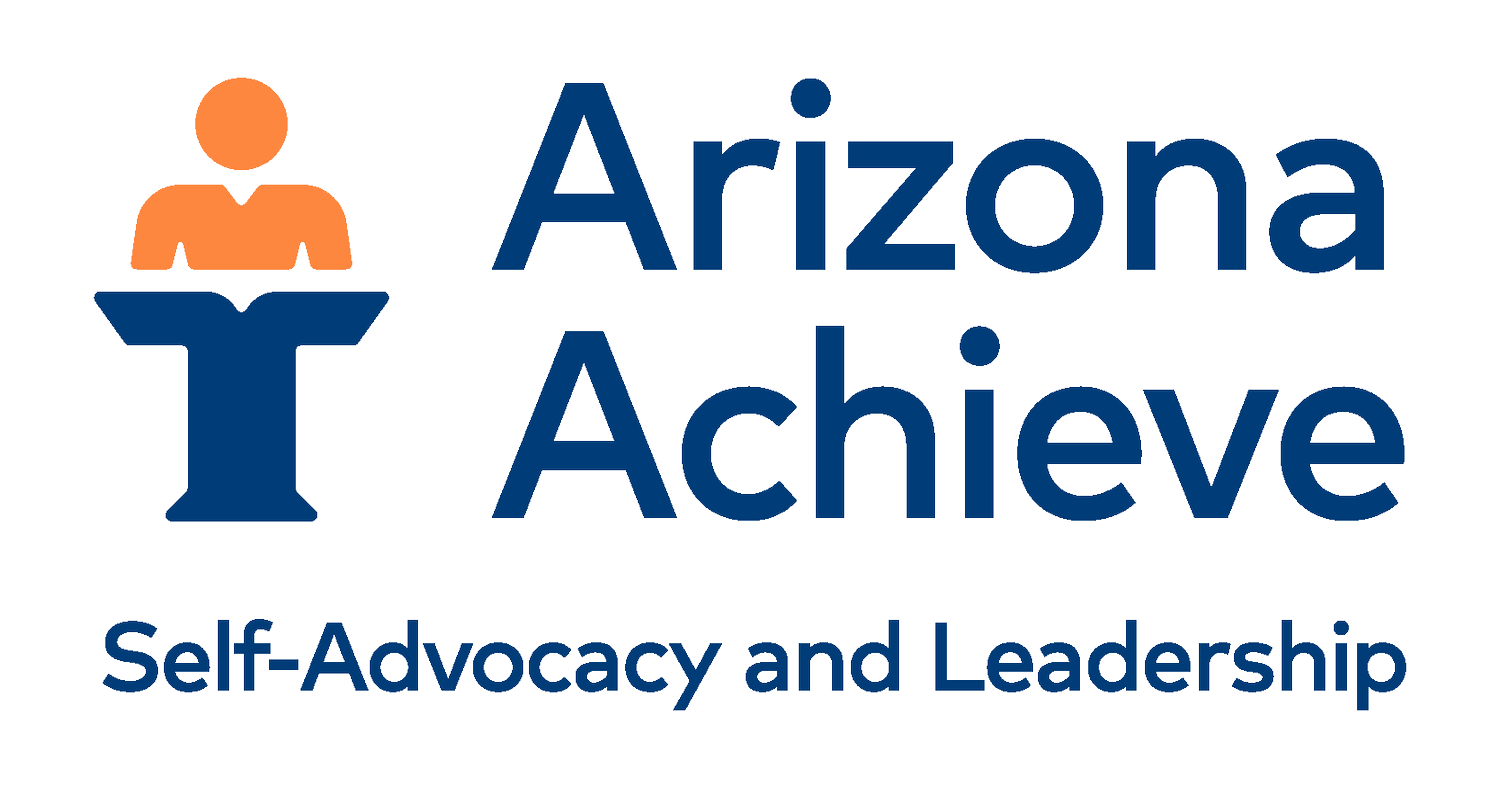Here is how to start a self-advocacy group:
Gather Friends
Whether you are part of a larger organization or a smaller community, every self-advocacy group starts with a few people with disabilities who want to advocate for their rights.
Choose A Name
Every self-advocacy group needs a name that reflects your group’s mission and values. This name should be chosen by a majority of the group’s members and be simple enough for people to remember.
Meet Up
Regular meetings allow your group to come together to discuss disability-related issues and the future of the group. These meet-ups can be in-person or virtual. The time and place of these meetings should be chosen based on the availability and accessibility of the group’s participants.
Share Stories
Sharing stories in self-advocacy meetings creates a deeper connection between group members. With a shared understanding of everyone’s needs, the group can then decide what issues they want to focus on.
Make Goals
Clear and achievable goals will keep the group on track towards making a difference in their community. The goals should align with your mission and focus on advocating for the rights and well-being of people with disabilities.
Take Action
Once you have your goals, an action plan will put your group’s advocacy efforts into motion. An action plan may involve anything from organizing events, talking to local leaders, and creating awareness campaigns.






